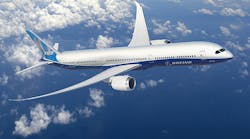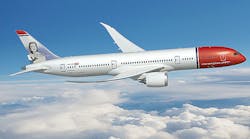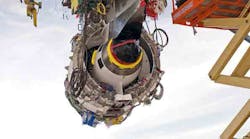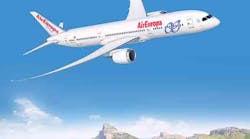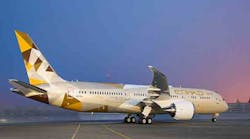Boeing Commercial Airplanes reports it completed the detailed design for its 787-10 Dreamliner, calling this step “another major milestone” for the 787 series of wide-body, twin-engine aircraft. The OEM also noted its engineers completed the design process almost two weeks ahead of the program schedule.
Completing the detailed design is critical to an aircraft development program because it signals that final data regarding the aircraft parts and tools for assembly are available for fabrication or procurement.
The 787-10 is the last of three variants of the 787 series, the jet program that Boeing initiated in the late 1990s and, after some delays, began delivering to customers in 2011. (A freighter variant of the 787 has been considered, but no developments on that effort have been detailed.)
"With the 787-10, we are building upon our experience and the 787-9 design itself to create this newest member of the super-efficient 787 family," stated Ken Sanger, vice president of 787 Airplane Development. "Through our dedicated team and our disciplined processes, we have optimized the design for the needs of the market and are excited as we look forward to production."
The 787-10 is described as “a straightforward stretch” of the 787-9, already in service, which will simplify the complexity and cost of implementing component and system design across the organization and its 787 supply chain.
Boeing has more than 160 orders to date for the 787-10, which will be the longest of the three variants at 224-ft/1-in. long, seating 330 passengers in a two-class cabin configuration. It will have a range of 6,430 nautical miles (11,910 km; 7,400 mi).
The OEM noted that major assembly of the 787-10 would begin next year at the group’s North Charleston, S.C. assembly complex, with the first flight in 2017 and the first delivery in 2018.
Boeing claims the Dreamliner series is its most fuel-efficient commercial jet design, with a structure based on a large volume of composite materials helping to reduce fuel consumption by up to 20% versus similar-size jets. A more advanced aerodynamic design than previous jets, more-electric systems, and modern engines add to the 787’s appeal to airlines.
